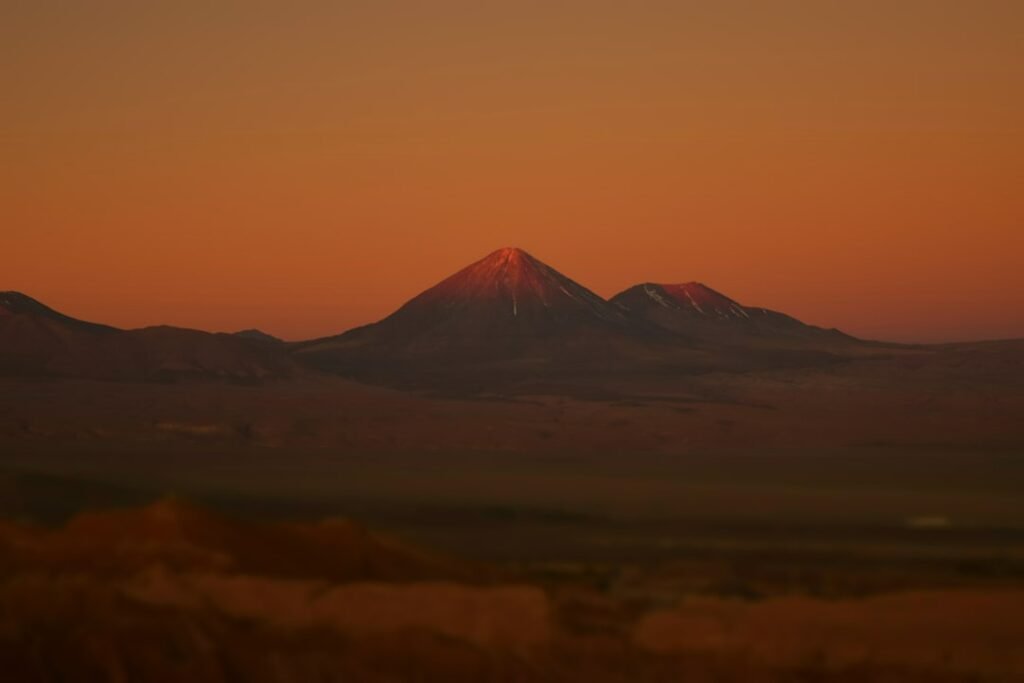Imagine a place on our planet so vast, so mysterious, that it has no owner. Picture a realm teeming with bizarre life forms, where sunlight never shines and the pressure would crush a submarine like a tin can. This is the deep sea—a world that covers nearly half of Earth’s surface, yet belongs to no nation. The race to mine these international waters has begun, and with it comes a cascade of questions about ownership, stewardship, and the price of progress. The fate of the ocean’s darkest depths hangs in the balance, and what happens here could impact all life above the surface.
The Enigma of International Waters
International waters, also known as the high seas, begin where a nation’s territorial waters end—typically 200 nautical miles from shore. These immense stretches are not governed by any single country. Instead, they’re considered the “common heritage of mankind.” That sounds poetic, but in practice, it leaves a legal grey zone. Fishing, navigation, and scientific research all take place here, but the rules are often murky and hard to enforce. This lack of clear ownership makes international waters both a sanctuary for marine life and a tempting frontier for exploitation. The absence of strict governance is both a blessing and a curse, fueling both adventure and anxiety for those who dare to venture into the deep.
What Is Deep-Sea Mining?

Deep-sea mining means extracting minerals and metals from the ocean floor, often at depths beyond 200 meters. These resources include precious metals like gold, silver, and rare earth elements, as well as nodules rich in manganese, copper, and nickel. The technology for reaching these hidden treasures is both dazzling and daunting—giant robotic machines crawl across the seabed, scooping up rocks and silt. Proponents argue that deep-sea mining could solve shortages of critical materials needed for electronics and renewable energy. But the process stirs up clouds of sediment, disrupts habitats, and risks releasing toxic substances. The cost to the environment is still not fully understood, making each mining venture a leap into the unknown.
The International Seabed Authority: Ocean’s Gatekeeper
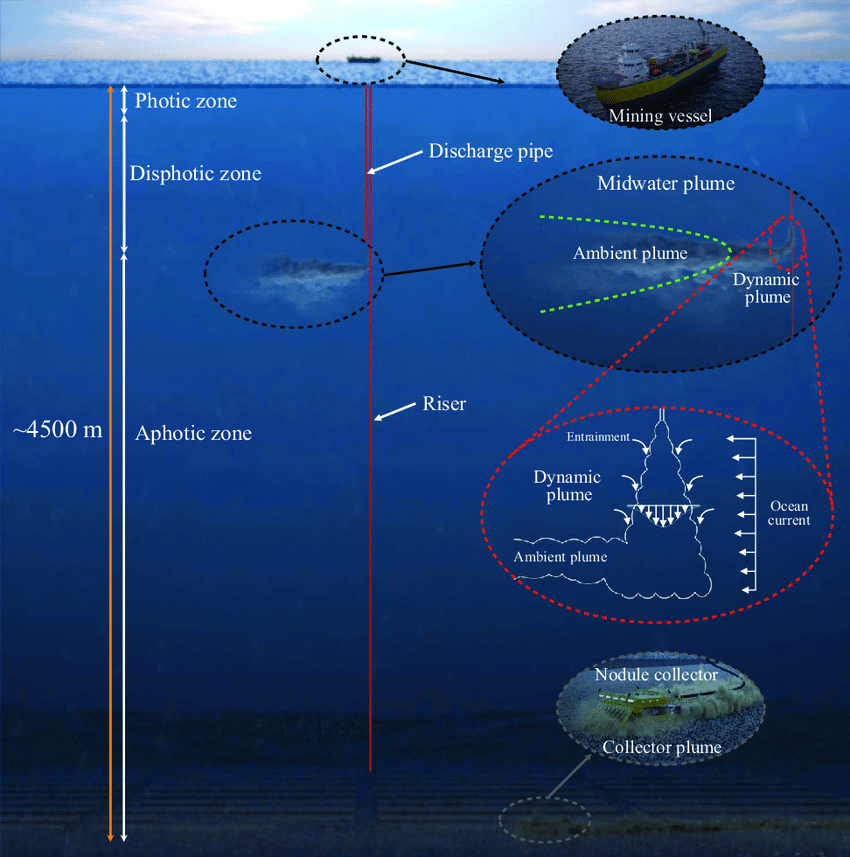
In the 1980s, the world realized that a free-for-all in the deep sea could spell disaster. Enter the International Seabed Authority (ISA), a unique organization created by the United Nations to regulate mineral activities in international waters. The ISA grants exploration licenses, develops mining regulations, and aims to protect the marine environment. Its headquarters are in Jamaica, but its reach extends to every unexplored abyss around the globe. While the ISA is supposed to balance economic interests with conservation, critics argue that it often moves too slowly and lacks teeth when it comes to enforcement. With commercial mining on the horizon, the ISA’s role has never been more crucial—or more controversial.
The Race for Rare Earths
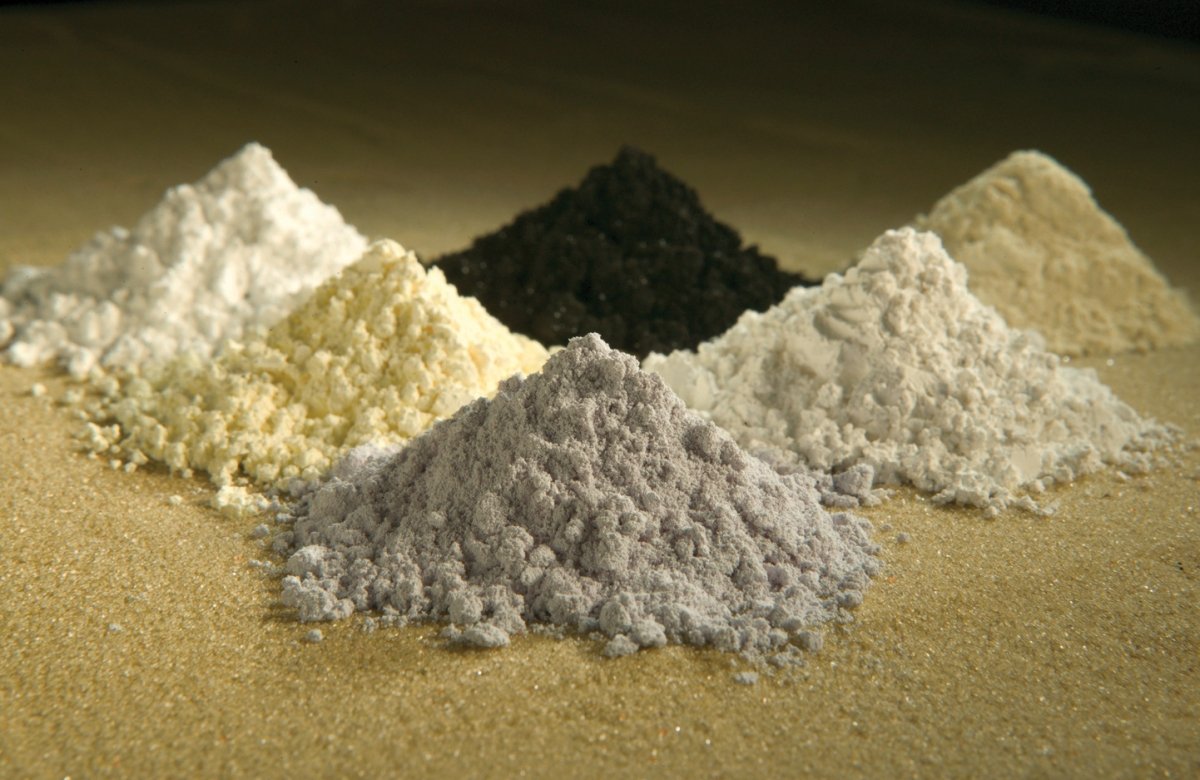
The modern world runs on metals found in the deep sea. Smartphones, electric vehicles, wind turbines—all depend on minerals like cobalt, lithium, and rare earth elements. As demand soars, countries and corporations are scrambling for access. China currently dominates the rare earth market, leading others to seek alternatives beneath the waves. Companies from Canada, Japan, and the UK have staked claims on vast undersea tracts. The competition is fierce, with billions of dollars at stake. Yet, the rush for riches is shadowed by uncertainty: can we extract these resources without destroying the fragile ecosystems that produce them?
Ecological Wonders of the Deep
The deep sea is Earth’s final frontier, home to creatures so strange they seem to belong in a science fiction novel. Giant squid glide through inky blackness, while tube worms cluster around hydrothermal vents—places where the ocean floor spews mineral-rich water. Many deep-sea species exist nowhere else, and most remain undiscovered. Scientists warn that mining could wipe out unique habitats before we even know what we’re losing. Some experts compare deep-sea ecosystems to tropical rainforests in terms of biodiversity and scientific value. Once disturbed, these habitats may never recover, making the stakes for protection heartbreakingly high.
Legal Tangles and Global Disagreements
Who gets to decide what happens in the deep sea? The answer is far from simple. While the ISA manages mineral rights, fishing and shipping are largely unregulated in international waters. Countries with advanced technology argue for greater access, while developing nations demand fairer shares of ocean wealth. Indigenous groups and coastal communities worry that their interests are ignored. International law, such as the United Nations Convention on the Law of the Sea (UNCLOS), sets some rules, but not everyone agrees on their interpretation. The legal patchwork invites disputes and makes it hard to hold violators accountable.
The Technology Behind the Treasure Hunt
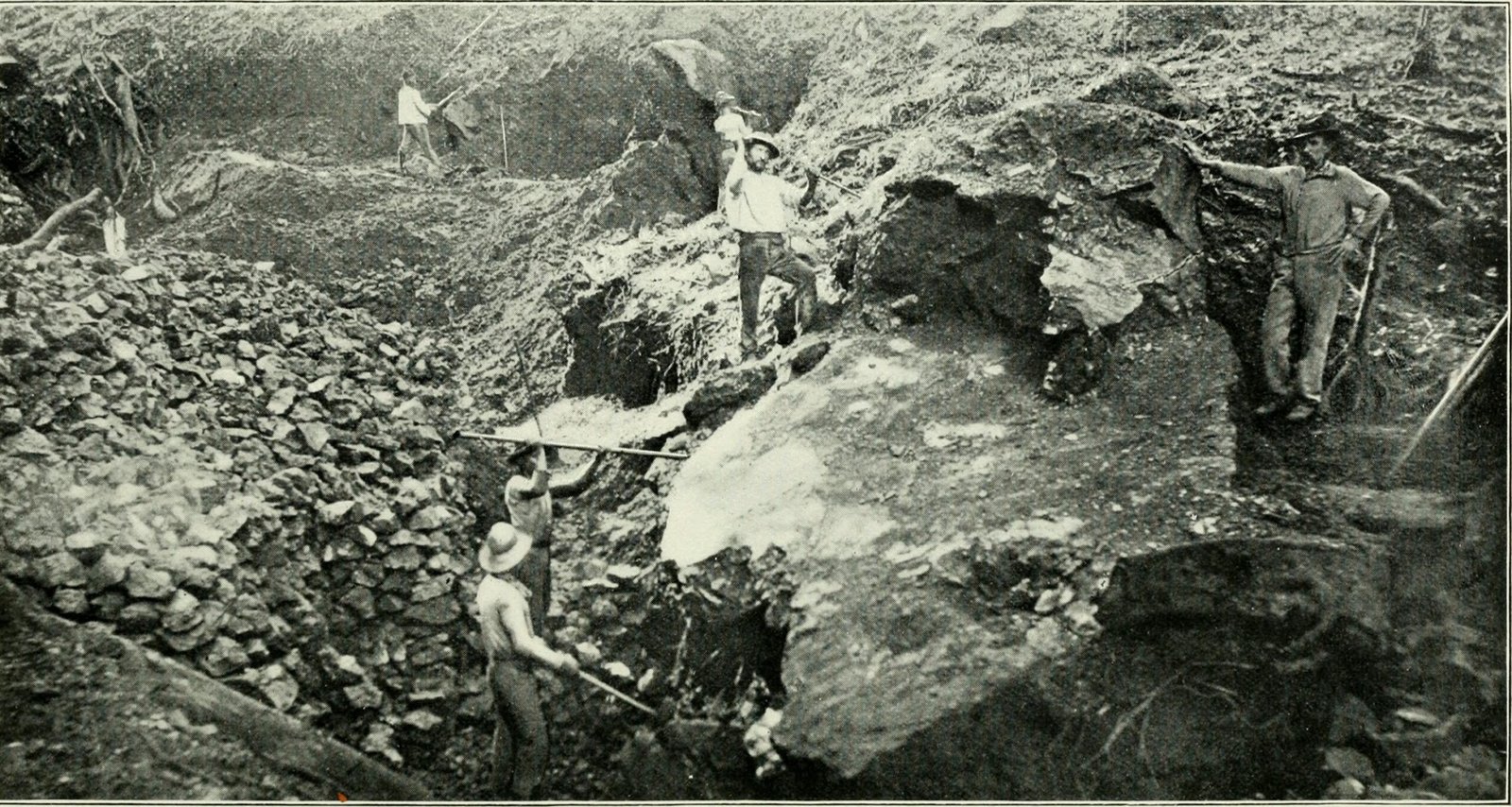
Mining the deep sea is an engineering challenge of epic proportions. Machines must withstand crushing pressures, freezing temperatures, and absolute darkness. Remotely operated vehicles (ROVs) and autonomous underwater robots are the workhorses of this new frontier. Satellite mapping, sonar, and advanced cameras help locate mineral-rich zones, while massive pumps send sediment to the surface. The sheer scale of the operation is breathtaking—a single mining ship can process thousands of tons of rock each day. But with great power comes great responsibility: even a small mistake can trigger ecological disaster on a massive scale.
Environmental Risks and Unknowns

No one knows exactly what will happen when deep-sea mining begins in earnest. Scientists fear that stirring up the seabed could smother life forms, disrupt food chains, and release toxins trapped for millennia. Some impacts might take decades to emerge, making them nearly impossible to reverse. The deep ocean is a slow-motion world—organisms grow and recover at glacial speeds. Unlike forests or coral reefs, damaged areas may take centuries or longer to heal, if they recover at all. This uncertainty haunts every discussion about mining rights and regulations.
Calls for a Moratorium
In recent years, a growing chorus of scientists, activists, and even some governments has called for a temporary halt on deep-sea mining. They argue that until we understand the risks, we should not gamble with the planet’s most mysterious ecosystems. Some countries, like France and Germany, are pushing for stronger protections and more research before any commercial mining starts. Environmental groups warn that the rush to exploit could outpace our ability to protect. The debate is fierce and ongoing, with passionate voices on both sides.
Hopes for a Sustainable Future
Despite the dangers, some believe that with strict regulations and the right technology, deep-sea mining could be done responsibly. New techniques aim to minimize harm by targeting less sensitive areas or using gentler extraction methods. There is hope that international cooperation and scientific research can guide wise decisions. The challenge is to balance human needs—like clean energy and technological progress—with the duty to preserve life beneath the waves. The choices we make today will echo for generations, shaping both our oceans and our future.
The Human Connection to the Deep
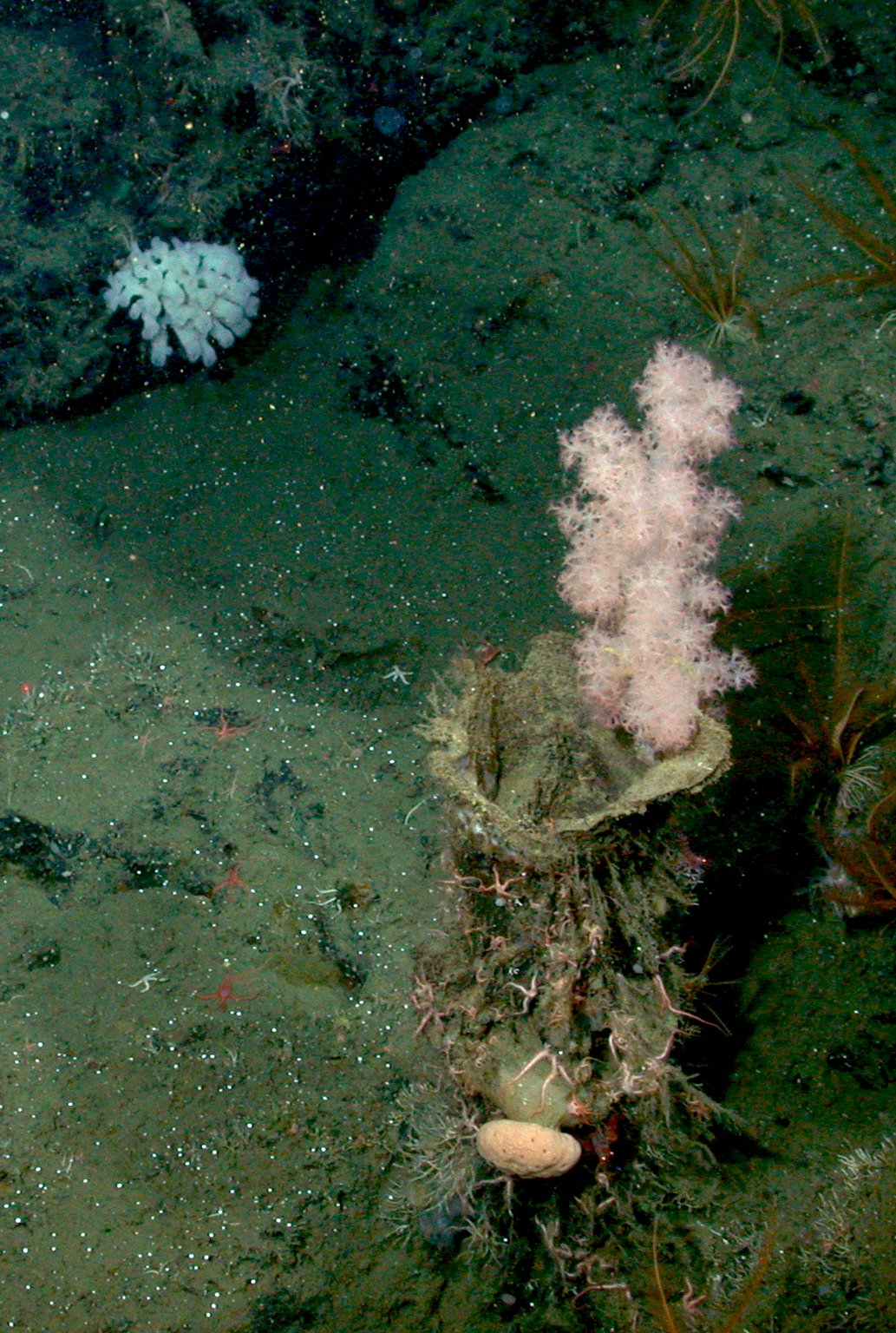
It’s easy to forget that the deep sea, though far away and invisible, is intimately linked to our lives. Ocean currents regulate climate, absorb carbon, and provide food for billions. The creatures of the abyss inspire art, science, and imagination. Our sense of wonder and responsibility are both stirred by the mysteries that lie beneath. The decisions about deep-sea mining are not just about minerals—they are about our relationship with the planet and each other.
The story of international waters and deep-sea mining rights is a tale of ambition, uncertainty, and awe. The outcome will depend on wisdom, courage, and our willingness to protect what we cannot yet fully understand.

